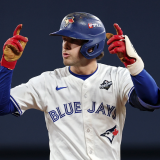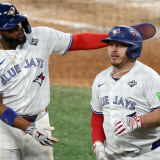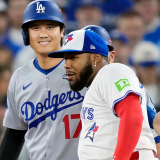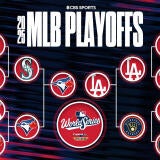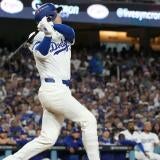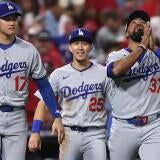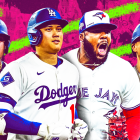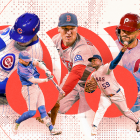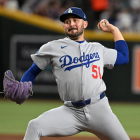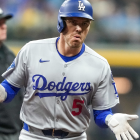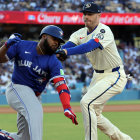World Series X-factors: How Dodgers vs. Blue Jays could swing on three under-the-radar elements
The 2025 Fall Classic gets going on Friday night in Toronto
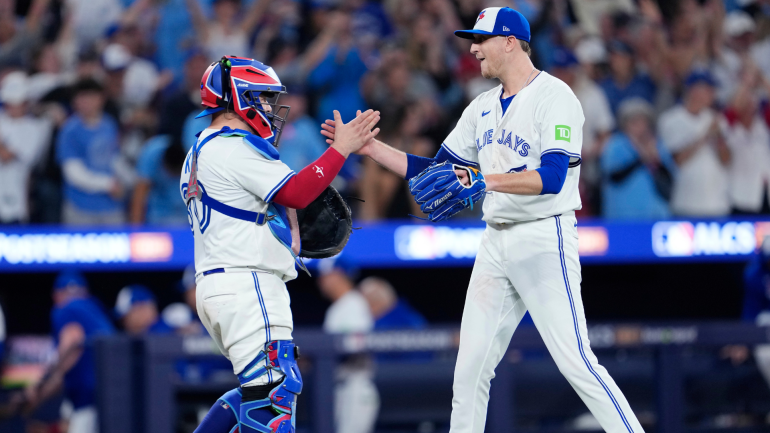
The 2025 World Series will get underway Friday night with Game 1 between the Los Angeles Dodgers and the Toronto Blue Jays. The Dodgers, who have already won three series this postseason, are looking to become Major League Baseball's first repeat World Series winners since the 1998-2000 New York Yankees. The Blue Jays, conversely, are seeking the third World Series crown in franchise history, and the first since they won back-to-back championships in 1992-93.
Such is tradition around these parts, CBS Sports is bringing in the World Series by highlighting a few plausible X-factors that could make the difference over the next four to seven games. For those new to this feature, there is no set definition or parameter for what makes an X-factor. It is, simply, whatever we think could matter.
Got it? Good. Let's proceed.
1. Splitter supremacy
These teams share a few attributes in common, beginning with their fondness for the splitter. The Blue Jays ranked first in the majors during the regular season in splitter usage, with Kevin Gausman leading all qualified individuals by chucking his more than 37% of the time. The Dodgers, conversely, ranked third. Yoshinobu Yamamoto didn't quite match Gausman, but he checked in third at 25.4% usage. The teams' respective closers, Jeff Hoffman and Roki Sasaki also cleared the 20% threshold.
Shohei Ohtani, 98mph Fastball and 89mph Splitter, Individual Pitches + Overlay pic.twitter.com/HUzdqlYl12
— Rob Friedman (@PitchingNinja) October 18, 2025
Fittingly, both clubs proved capable of hitting the splitter, too. The Blue Jays had the highest team-wide OPS against splits (Addison Barger, Daulton Varsho, and Andrés Giménez led the way), while the Dodgers checked in at fourth overall (paced by Freddie Freeman, Mookie Betts, and Shohei Ohtani).
Speaking of Ohtani, don't be surprised to see him throw more splitters this series than his regular-season usage indicates. In two playoff starts to date, he's already tossed 18 of them … or, one for every 2 ½ batters faced; during the regular season, he threw 35, one for every five-plus batters faced.
2. Bullpen exposure
The story of the Dodgers' postseason? So far, it's been how effectively they've protected a sieve-like bullpen by leveraging their high-quality rotation deep into games. Coming into Game 1, the Dodgers have had eight of their 10 postseason starts last at least six innings, with two of them exceeding eight innings. (That includes Yoshinobu Yamamoto's complete game.)
It's not fair to say the Blue Jays have matched the Dodgers in that respect, but they've certainly tried to limit their bullpen's exposure when possible.
Despite the Blue Jays and Dodgers having played in the second- and third-most games this month, they rank fourth and sixth among playoff squads in innings thrown by a reliever. The Blue Jays' bullpen has been responsible for just more than four frames per pop, while the Dodgers' has averaged fewer than three innings per contest. The overall postseason average, for those wondering, is 4.6 innings -- without the Dodgers, it's close to five relief innings per game.
So no, the Blue Jays haven't been able to get the same length from their rotation as the Dodgers have, but yes, they are doing better in that respect than most of their postseason peers. That's part of the reason they're still playing.
3. The backstops
The odds of this series swinging on a passed ball or a wild pitch are not high, all things considered. At the same time, it's worth noting that the Blue Jays were the best pitch-blocking team in the majors during the regular season, according to Statcast's calculations.
Indeed, the Blue Jays were estimated to be nearly 30 blocks better than average, based on ball-tracking data. The next best team in this category, the Atlanta Braves, checked in at 14. The Dodgers, meanwhile, checked in at 21st, finishing six outs below average.
Predictably, Alejandro Kirk led the way for individual catchers. Kirk and Dodgers backstop Will Smith finished Nos. 1 and 2 in estimated passed balls and wild pitches. Yet Kirk surrendered 21 fewer than expected, whereas Smith actually allowed three more passed balls/wild pitches than modeled.
Those numbers don't have to be exact to get the point across: keep an eye on Kirk when there's a runner on base and a pitch is spoked. Odds are, if he couldn't block it then nobody else could either.


